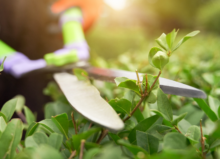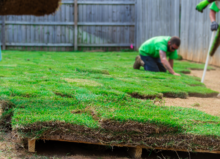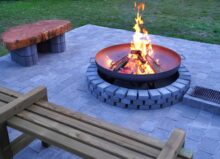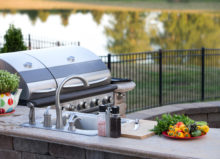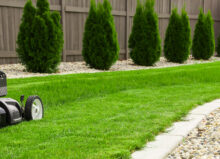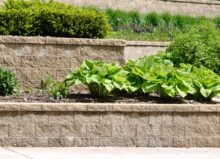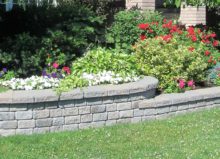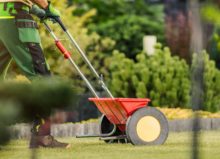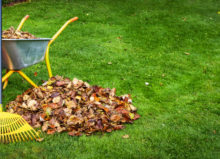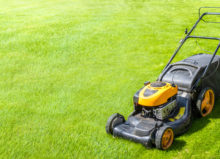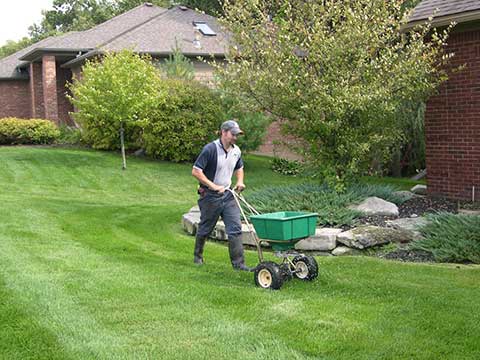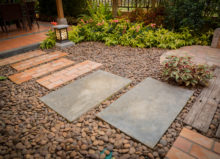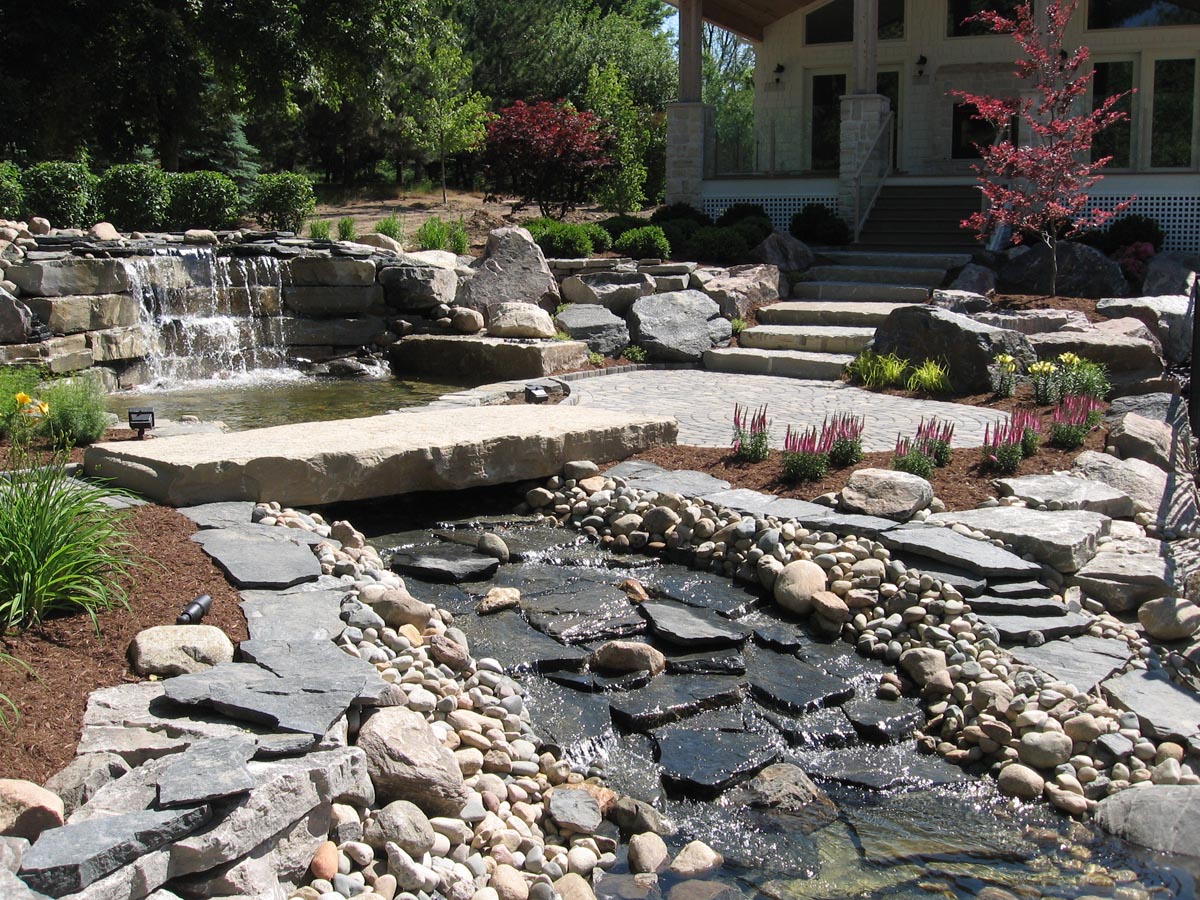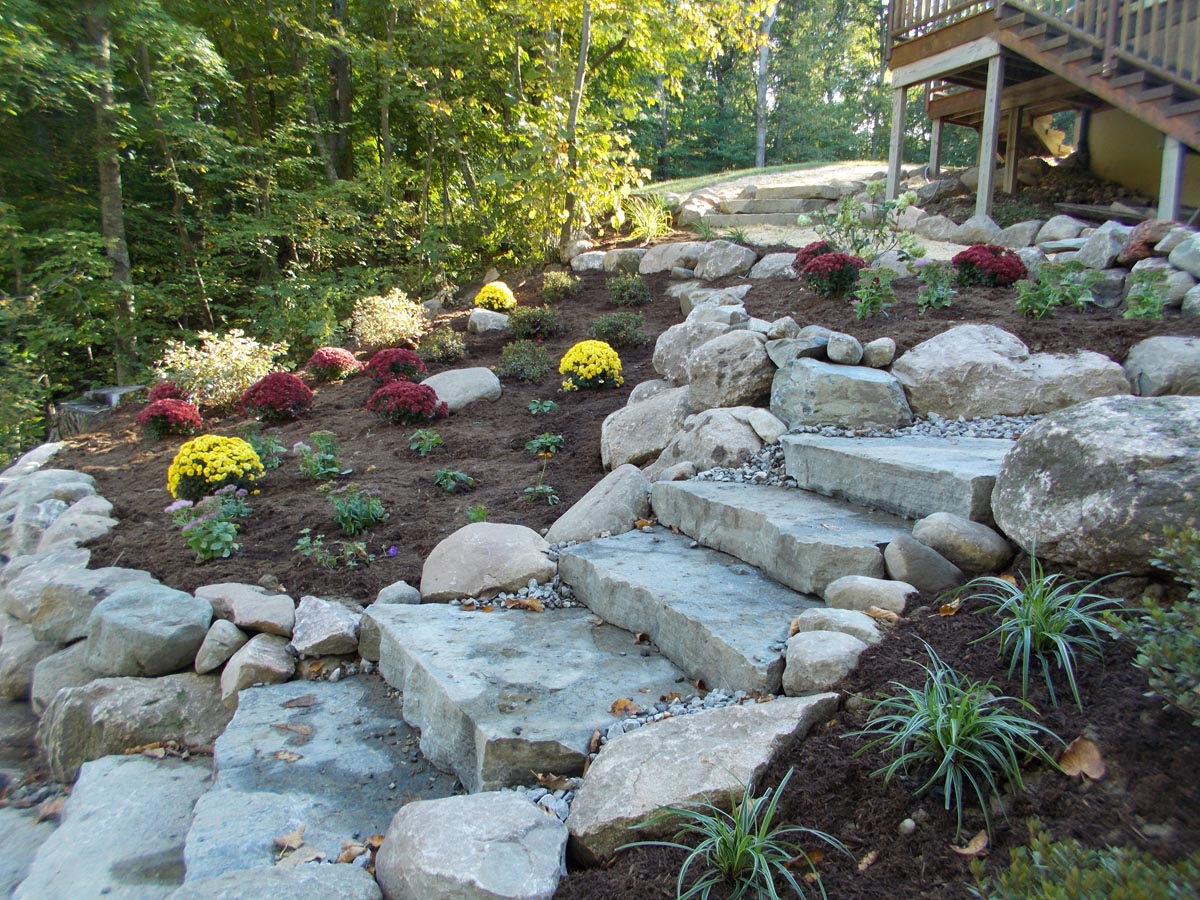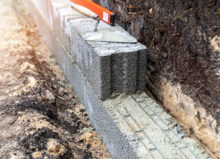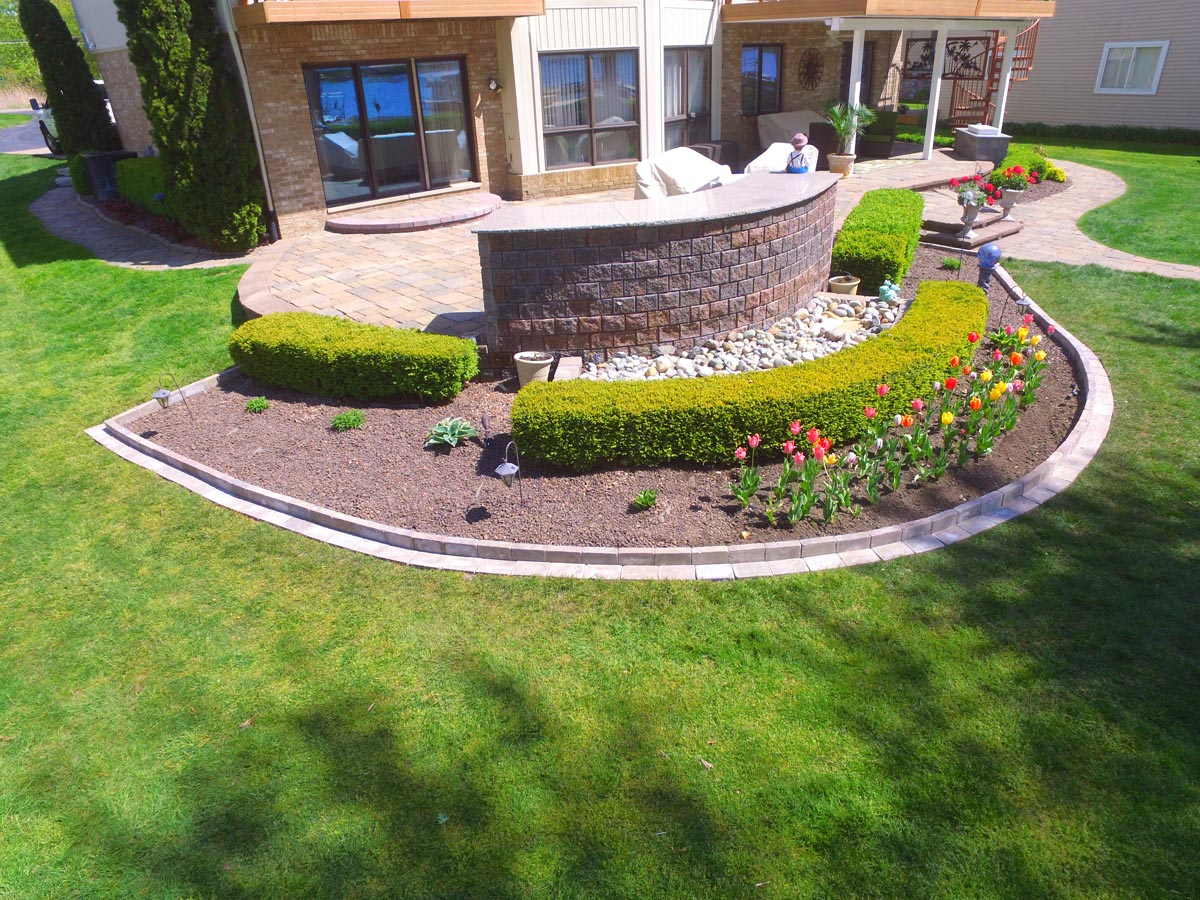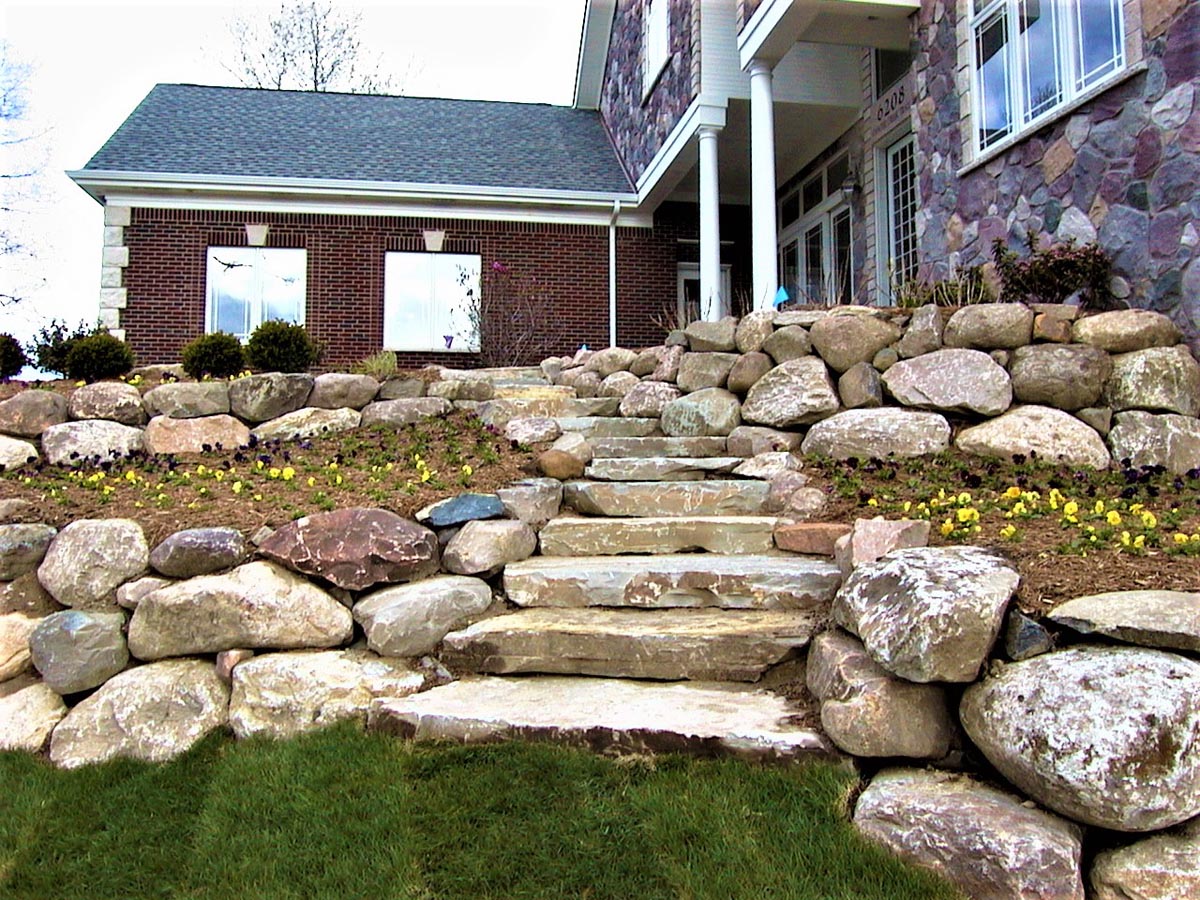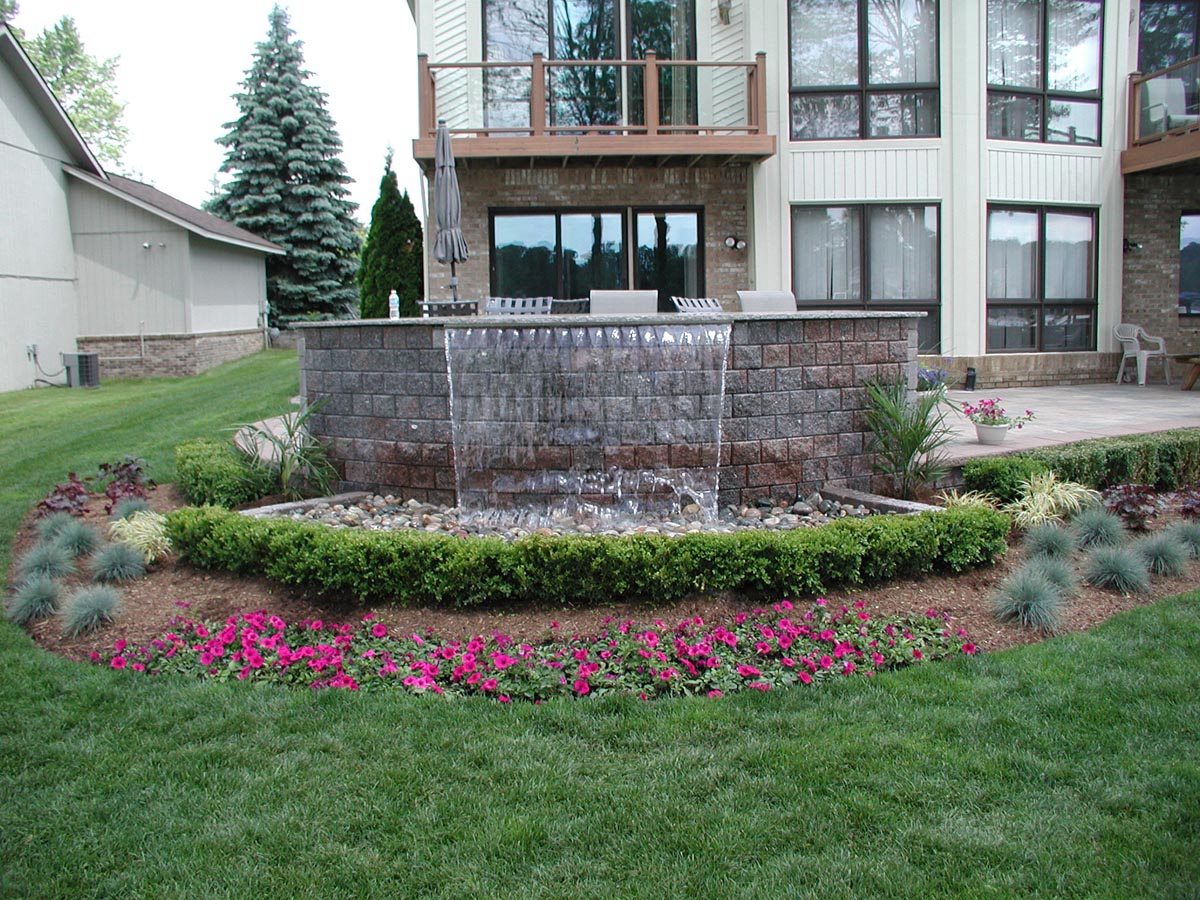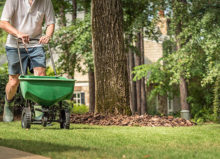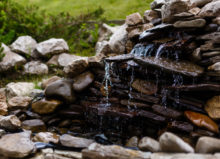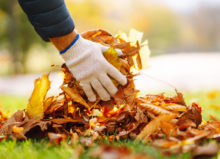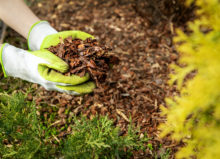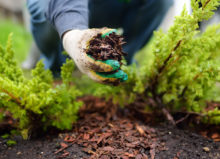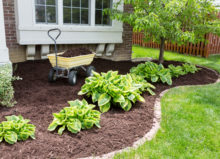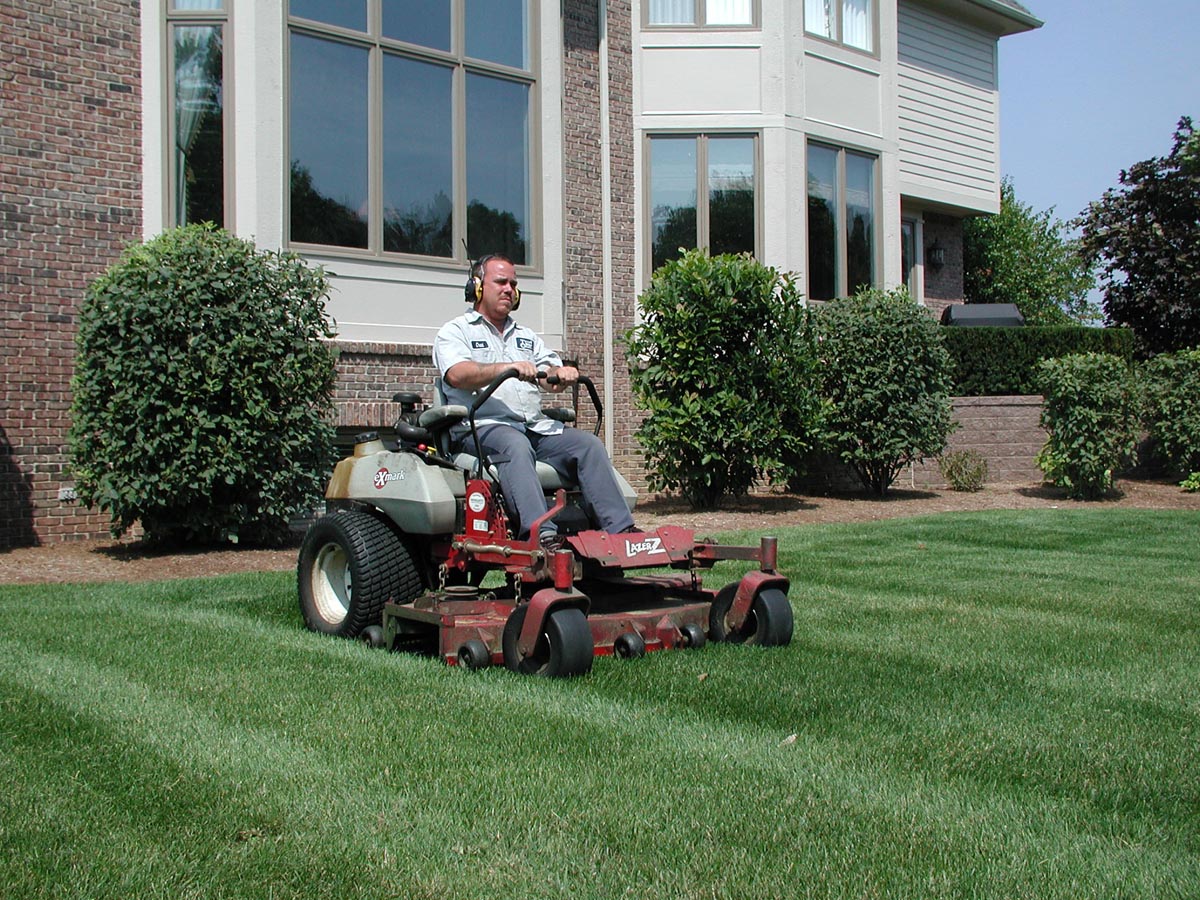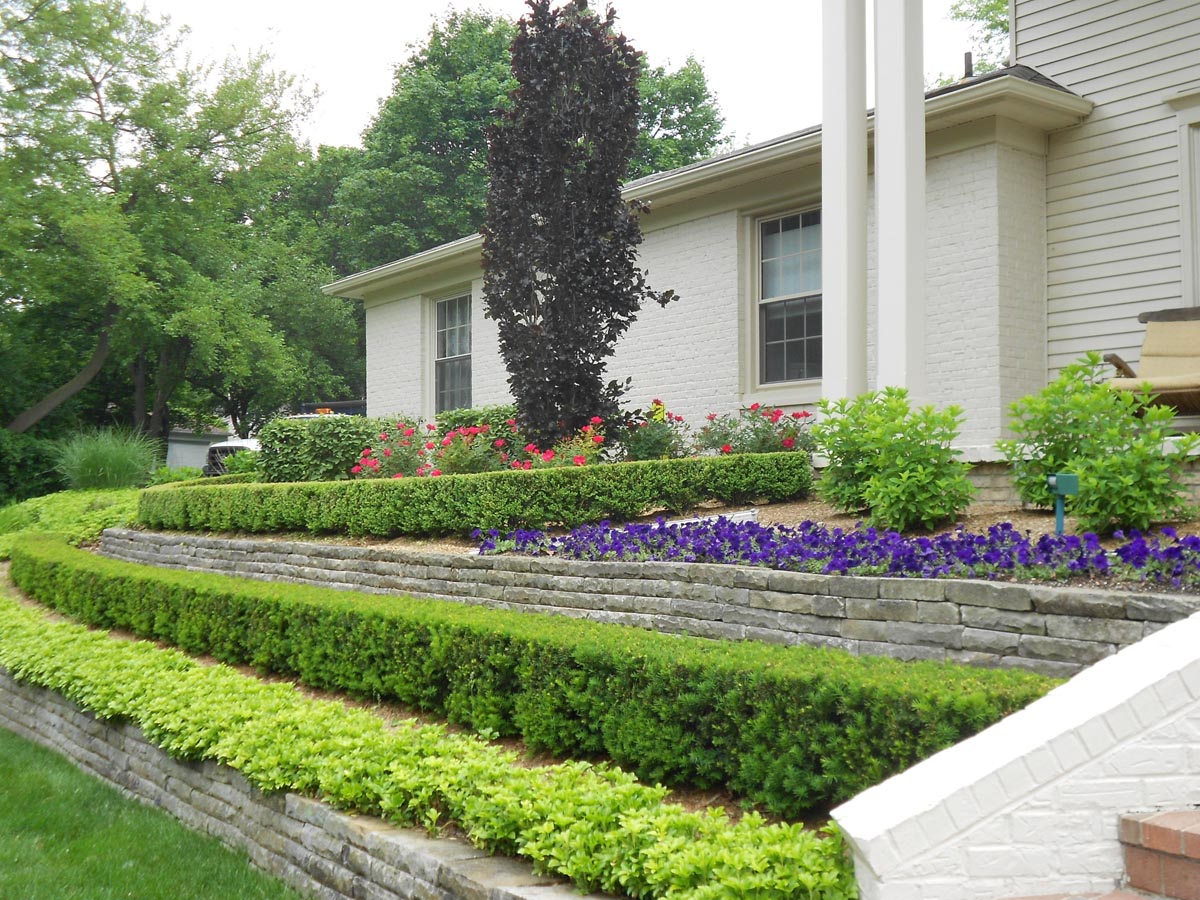When Should You Aerate Your Lawn & Is It Worth it?
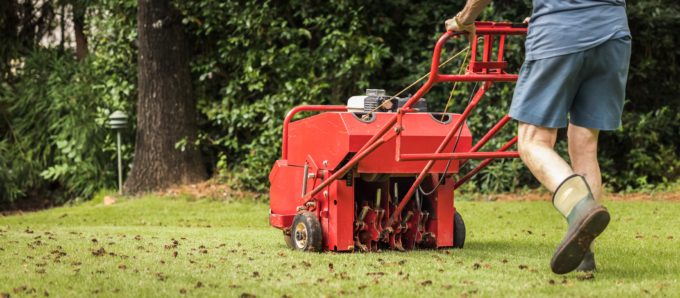
Sometimes lawns don’t grow as vigorously as they should, even with feeding and watering. Along with thick thatch, compacted soil can prevent water and nutrients from reaching the roots that keep your lawn healthy. In fact, as little as one-fourth of an inch of compacted soil can limit your lawn’s growth and weaken it.
Lawn aeration can be a solution to this problem. The process itself works by using an aerator, a special type of tool, which removes small plugs of soil from your lawn. This in turn allows water and nutrients to reach your lawn’s roots. And, if you plan your aeration correctly, you’ll even notice a thicker, healthier lawn in the coming months.
Best Season(s) to Aerate
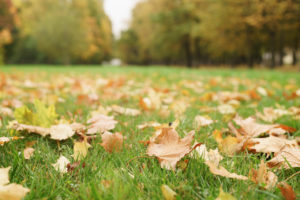
Lawn aeration is a process that helps in the long run, but in the short term, it introduces stress to your lawn. That’s why it’s best to aerate lawns prior to or during your lawn’s “peak growth” period.
Growth seasons vary depending on climate. In Michigan, with our cool-season grasses like fescue, bluegrass, and ryegrass, growth seasons tend to be in the late spring and early fall, which means that the best time to aerate your lawn is in the late spring and early fall.
The important factor to remember is temperature. Springs in Michigan can be tricky, so you want to make sure that the temperature has been consistently above 55 degrees for a few weeks. If the temperature is still below 55 degrees, your grass is most likely still dormant.
You also want to pay special attention to the predicted last frost date. Even if temperatures are consistently above 55 degrees, that doesn’t mean that there won’t be surprise frosts. The last frost date ranges in Michigan will vary depending on the region you live in, and could be anywhere from late April to mid-May. Your best bet is to hold off on any lawn aeration during the early spring. Instead wait until late spring or early summer, or if you want to wait even further, early fall (before the first frost date).
Signs You May Need to Aerate Your Lawn
Lawn aeration isn’t an annual or routine process, although you may read some guides that indicate it’s a regular chore. You should aerate your lawn only when necessary, because if it’s done at the wrong time or excessively, you will damage your lawn instead of helping it grow stronger.
It’s a good idea to perform a lawn inspection each year to determine whether or not you need to aerate. Here are some signs that lawn aeration may be necessary:
- Several Worn Areas With Limited or No Grass
- Low Spots Where Water Puddles
- Discolored Patches
- Uneven Growth
- Missing Patches of Grass From Mole or Vole Damage
- Thin, Poorly-Growing Grass
You can also perform a simple test to determine if your lawn’s soil is tightly compacted. Take a screwdriver with at least a six-inch blade and try to push it into the soil. If you feel resistance when pushing the blade into the soil, your lawn may need to be aerated. If you can’t push the screwdriver into the soil at all, your lawn is a definite candidate for lawn aeration.
What to Do After You Aerate Your Lawn
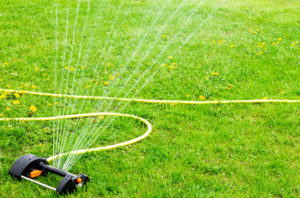
As previously mentioned, when you aerate your lawn, you give it a better chance to absorb water and nutrients. Ordinarily, you should mow your lawn prior to aeration. If you’re overseeding your lawn as well, you should aerate it first and then overseed it. This way, seeds can have a better chance of germinating with improved seed-to-soil contact after aeration. You can still mow prior to the aeration, but do not mow your grass after overseeding as any new seed that you put down may get sucked into the mower.
After aeration (and overseeding), water the lawn. This is also the time when you’ll want to apply weed killer and fertilizer. Water daily after you aerate and overseed, as it will give the roots a good chance to absorb the moisture and fertilizer. Be sure to follow the directions for your fertilizer, as every product has different application recommendations.
If weeds are an issue, lawn aeration can also help combat weeds. Keep in mind that if you’re planning to overseed your lawn along with feeding and aeration, don’t apply weed killer. Weed killer will inhibit seed germination. Lawn aerating can help to deter weeds on its own. However, once new grass begins to grow, you can apply weed killer when necessary if weeds still continue to be an issue.
General Benefits
- Strengthens Roots
- Improves Drought Resistance/Tolerance
- Encourages New Growth
- Allows Soil & Grass to Intake More Water & Nutrients
- Prevents Puddling Water
- Minimizes Soil Compaction
Get More Tips From Design One
At Design One, we care about how your yard looks. In addition to being a reliable source for lawn care tips and advice, we also provide custom landscaping and hardscaping services for homeowners and business owners throughout Michigan. If you need help beautifying your landscape, contact us today for a free consultation.





